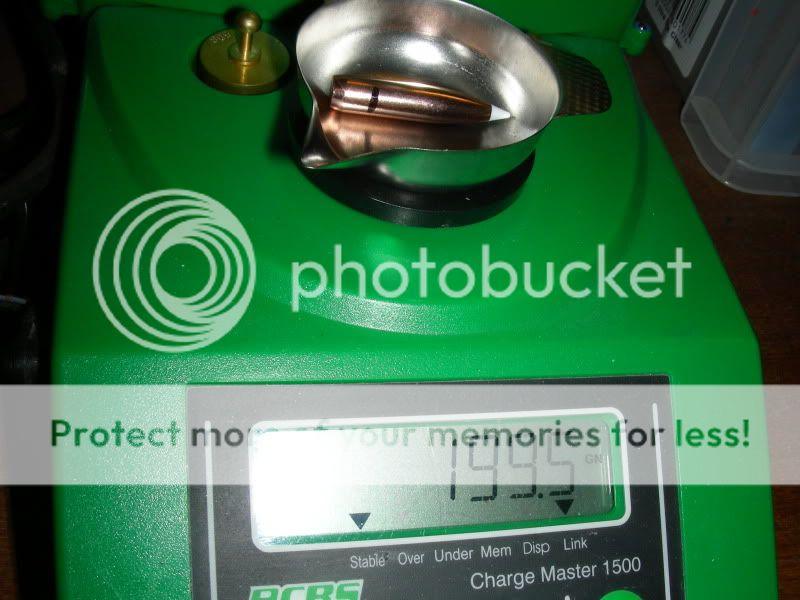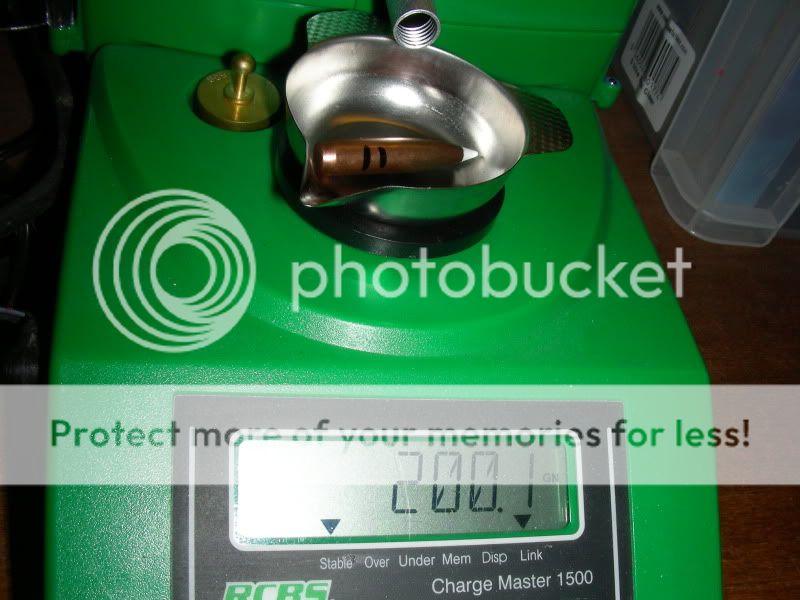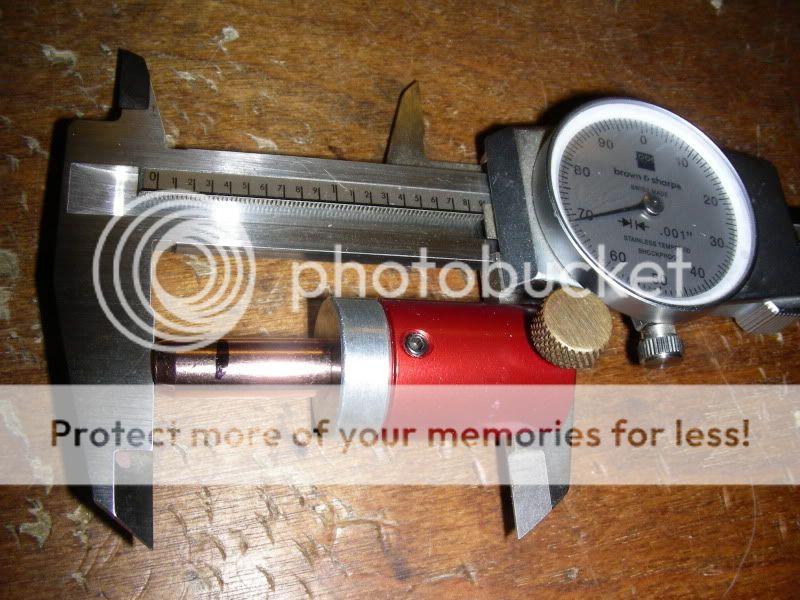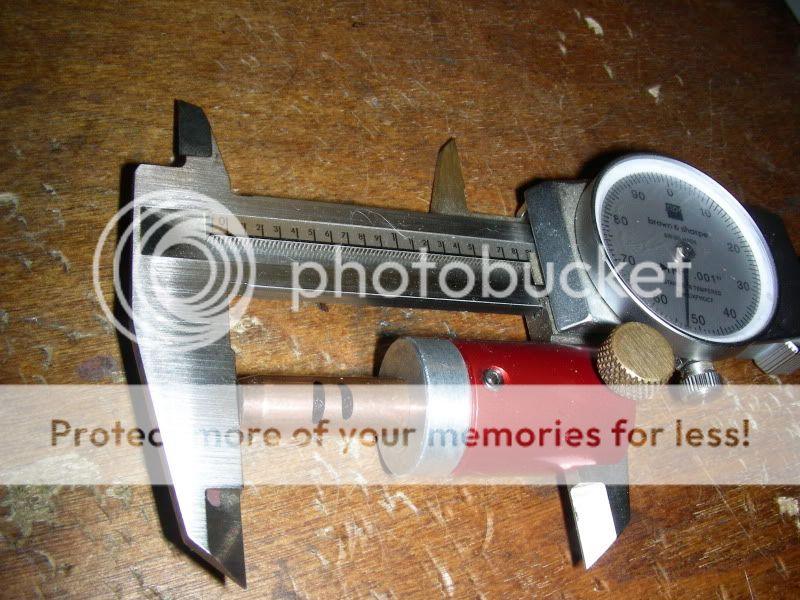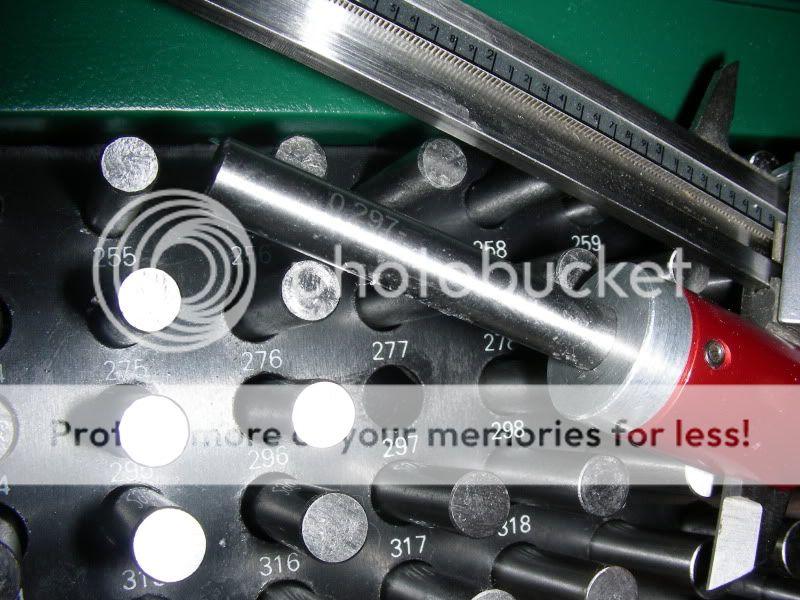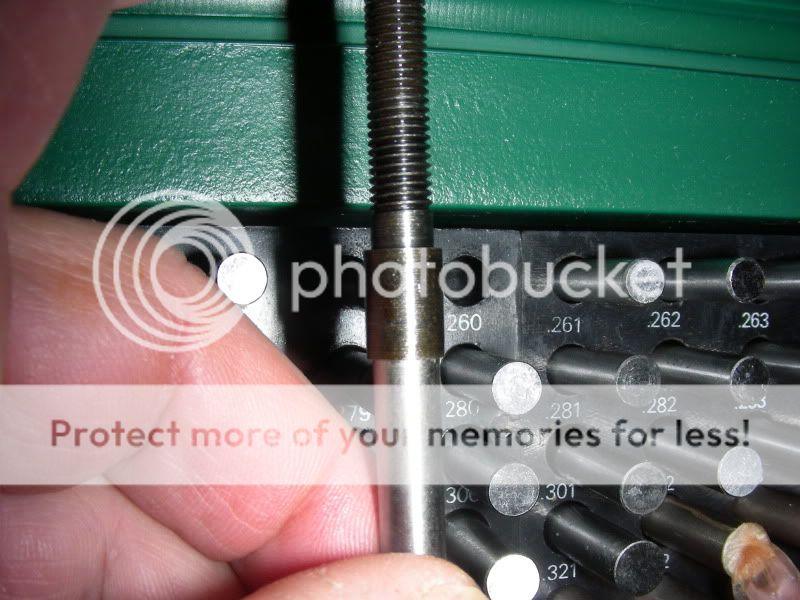I must be mis-reading or not reading something.
My take on the posts Fitch put up was this- because there are minor imperfections in the construction of the bullet (also the press and dies for that matter), seating a bullet to the exact depth required to be an exact distance from the lands every time, without backing off and re-adjusting the seating die every time, is going to result in slight... and sometimes not so slight, variations in the distance the bullet is from the lands.
I've seen this many, many times. Bergers are pretty consistent but I've seen a few thousandths difference in the base of the bullet to ogive distance from cartridge to cartridge with Sierra bullets. I use Forster Benchrest dies and while there may be better dies out there (like Lee? ba-doomp doomp, cha- ching... thank you.... thank you very much, I'll be here all night) the micrometer seater is a very precise die and once it's locked into a Co-Ax press there's not a lot of variation that comes from there. My conclusion for the reason for this was that there must be some kind of variation in the construction of the bullet that causes the seater head to contact the bullet in a different location. I usually, but not always, load 50 rounds (a block) at a time. Sometimes I'll use the mic gauge on every single round and every time there will be some variation in seating depth of a fairly large population of the bullets. Mind you, not every bullet is different. In fact, most are the same or close enough to call it the same. Most of the time I'll check one in ten just to save my sanity.
Another plug for the mic gauge- I can't say with certainty because I don't own the tools to check it, but I think that the bore of the bullet end of the mic gauge is land to land diameter for the caliber that the mic was built for. So, what the mic essentially measures is the distance from the base of the bullet to the ogive diameter where it "should" contact the lands. Assuming that they got their thread pitch and scale right when they built the gauge, once I seat a bullet to just touch the lands and measure it with the gauge, I have a baseline value to use for seating my bullet to whatever distance from the lands that I choose until erosion lengthens my baseline and I have to make an adjustment.
Using my Sendero II in 7 mag as an example-
(1) I use the method that I like to determine distance to the lands. In my case I like to load
the bullet that I am going to use in a sized and trimmed, but empty, case and chamber it. I look for land marks and, assuming that I find some, I measure (rough) the length of the mark and seat the bullet deeper by 1/2 of the measured value. I color the nose of the bullet with black magic marker and chamber the bullet again. I repeat the above process until there is a very slight mark from the lands on the bullet (I use a lighted magnifier to check). Once I am comfortable that the dummy round is "touching the lands" I measure it with the mic. In the case of my Sendero the value is .050". That is my baseline for this rifle. Side note- Bergers don't seem to have a lot of variation from bullet weight to bullet weight. Berger to Sierra is a different story but one is a tangent ogive and the other is a secant ogive so that's to be expected. I haven't checked Sierra weight to weight variation
(2) In step 1 I ended up with a seater die setting that is equal to the bullet just touching the lands (in my mind if nowhere else

) If I decide to seat .020 of of the lands I've learned to dial the die down about .015 and then make small (.0005) adjustments until the first bullet mic's to .030.
(3) If I am testing and want to make sure every single round is exactly the same seating depth, I back the die off a full turn and seat until I get .030 on the mic. If I'm loading a block to hunt with or punch holes in paper with my nifty looking, loud assed rifle, I seat the next one, check it, grumble if it's not quite .030, smile if it is, put it back in the block and seat another one. One exception to this would be if the depth is off by more than .005 or if I'm loading closer to the lands it the depth approaches the "touching mark".
My favorite thing is when I have cleaned the powder measure/scale out, put my powder away and other charging tools away, and I have a block of 50 PRECISELY charged cases ready for bullets. About 1/2 way through... or even better... on the last bullet to load... as I move the case to the press my attention wanders or whatever happens and CLANK I hit the side of the press and dump some or all of the charge out of the case

That's just neato... I will sometimes use "incantations" (@%#^$) to try to cause time to reverse itself and put the powder back into the case but that never works.

